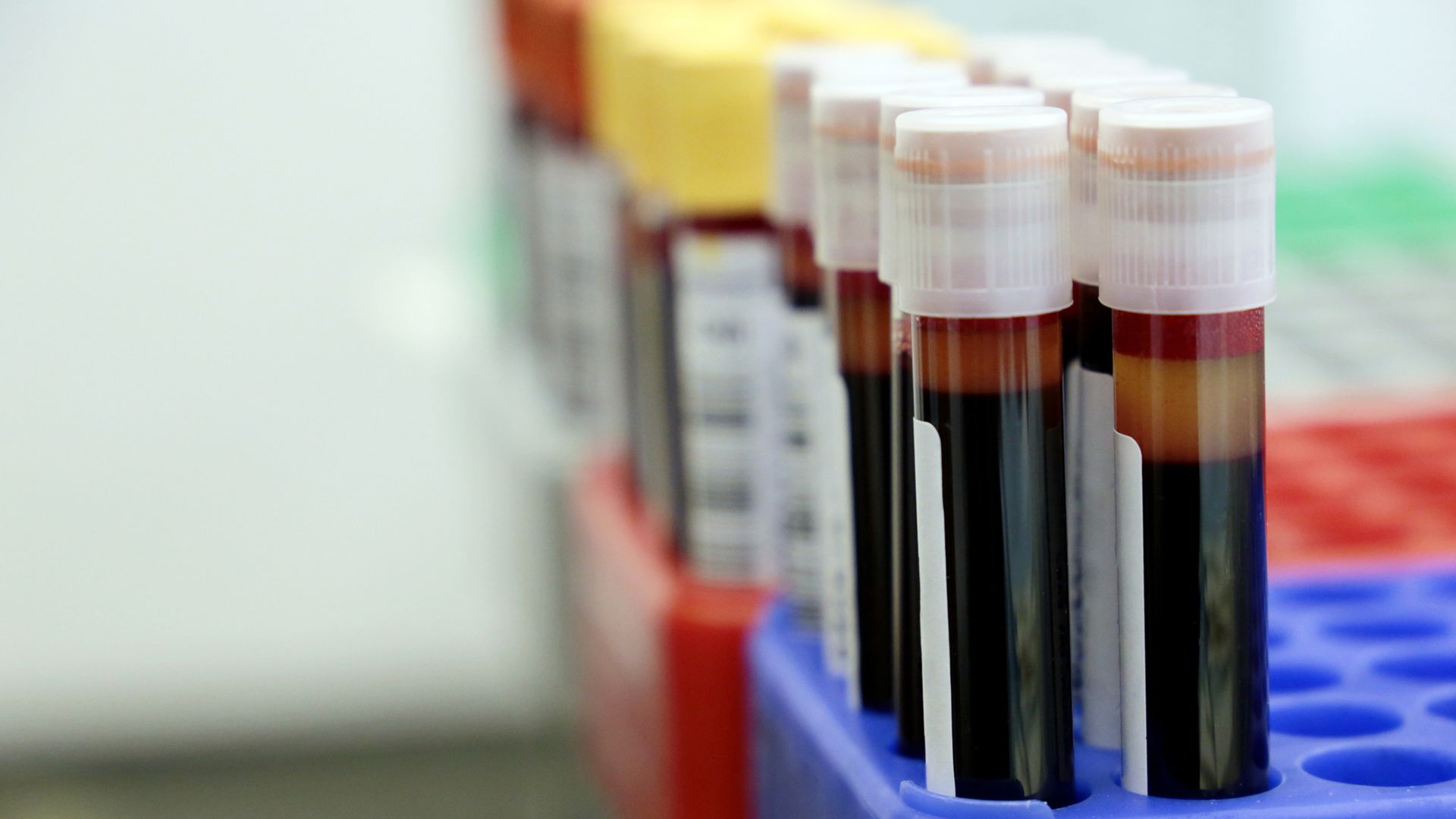Iron-deficiency anemia (IDA) occurs when your body does not have enough iron to support good health and normal function. Iron is an important component of many proteins and enzymes, including hemoglobin—a protein in red blood cells needed to carry oxygen molecules throughout the body.
IDA can often be treated by increasing your intake of iron-rich foods and/or taking iron supplements—which should always be done under the guidance of a healthcare provider.
However, if iron deficiency is very severe or if a person is unable to tolerate iron supplements, it may be treated with iron infusions.
What is an iron infusion?
With an iron infusion, an iron-containing fluid is administered with an IV—it goes directly into a vein and into the blood stream, using a needle and a small flexible tube called a catheter. This will increase the levels of iron and hemoglobin in the body. This procedure usually takes place at a hospital or a medical facility called a hemodialysis center.
What happens during an iron infusion?
The infusion will be given while you are sitting down or lying down. A healthcare provider will insert the catheter into a vein (usually in your arm or hand) using a needle. You might feel a slight pinch when the needle goes in.
Your healthcare provider will then remove the needle, leaving the catheter in your vein. The catheter is attached to a long tube, which is connected to an IV bag filled with the iron-containing solution. This apparatus uses gravity to slowly drip the IV into the tube and into the vein.
Before the iron infusion begins, you may be administered a test dose to ensure you’re tolerating the iron well. Most people who receive iron infusions experience minimal side effects or no side effects at all.
If you do not have any adverse or unanticipated reactions, the remaining iron will be administered and you’ll continue to be monitored.
The week before the infusion
If you’ve been taking oral iron supplements, your healthcare provider will likely tell you to stop taking these during the week leading up to the infusion. Oral iron supplements may prevent your body from efficiently absorbing the iron given during the infusion.
Additionally, tell your healthcare providers about all other medications you take—including prescription medications, herbal supplements, and over-the-counter medications—and ask whether you need to pause taking any of these medications.
Preparing for your iron infusion
It’s normal to feel a bit nervous about any medical procedure. Talk to your healthcare provider beforehand. Your healthcare provider can answer questions and walk you through the process.
Here are some tips that can help you have a positive experience.
- Block off time in your schedule. Since the iron drips into your veins slowly (to help you tolerate it better), the entire process can take up to four hours.
- Eat a nourishing meal. There’s no need to fast, and in fact it’s important to eat a balanced meal beforehand.
- Drink plenty of water. In the days leading up to your iron infusion, be sure to drink plenty of water. This will make it easier for the healthcare provider to find your vein when inserting the IV needle. It’s also a good idea to sip water throughout the procedure.
- Wear comfortable clothing. You’ll want to be as comfortable as possible, as you’ll be sitting or lying down for several hours. Choose clothing that’s loose and non-constricting—and also be sure to wear a shirt that’s short-sleeved or that has sleeves that can easily be rolled up.
- Bring some entertainment. Keeping your mind occupied and relaxed will help pass the time. Bring something to watch, read, or listen to.
What can you expect after an iron infusion?
Most people can resume everyday activities after an iron infusion, but it’s possible you may experience some side effects for one or two days afterward.
Most side effects are mild and may include a headache, nausea, a metallic taste in your mouth, or muscle and joint pain. If you experience chest pain, dizziness, swelling in the mouth, or difficulty breathing, seek medical attention immediately.
How many iron infusions will you need?
Ideally, IDA symptoms will start to resolve as the amount of iron in your blood increases. This can take several weeks. Your healthcare provider will regularly check your iron levels to ensure the iron infusions are working.






